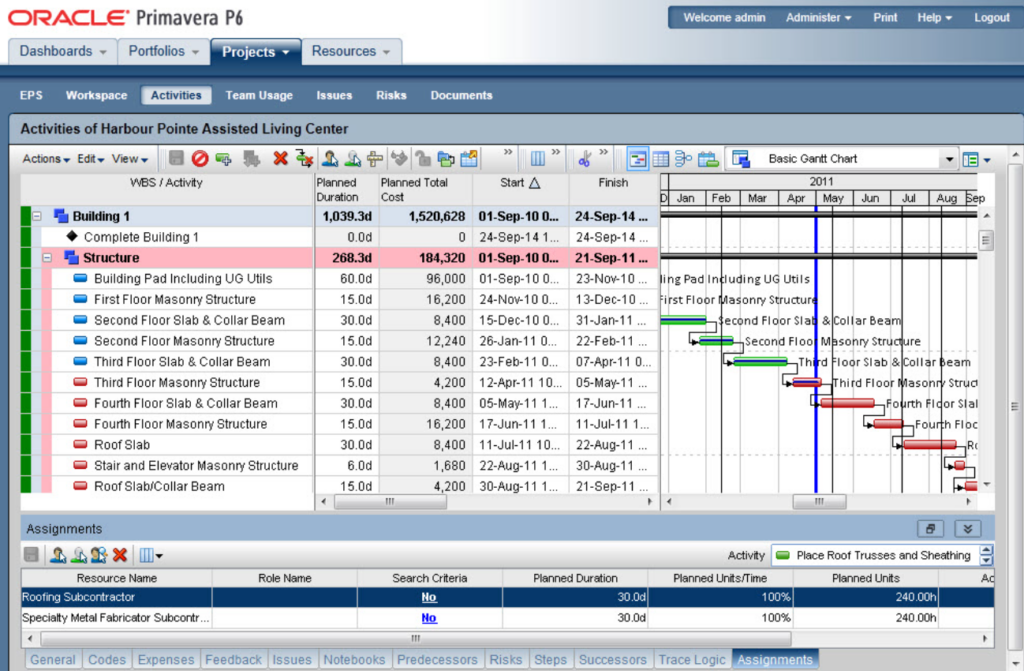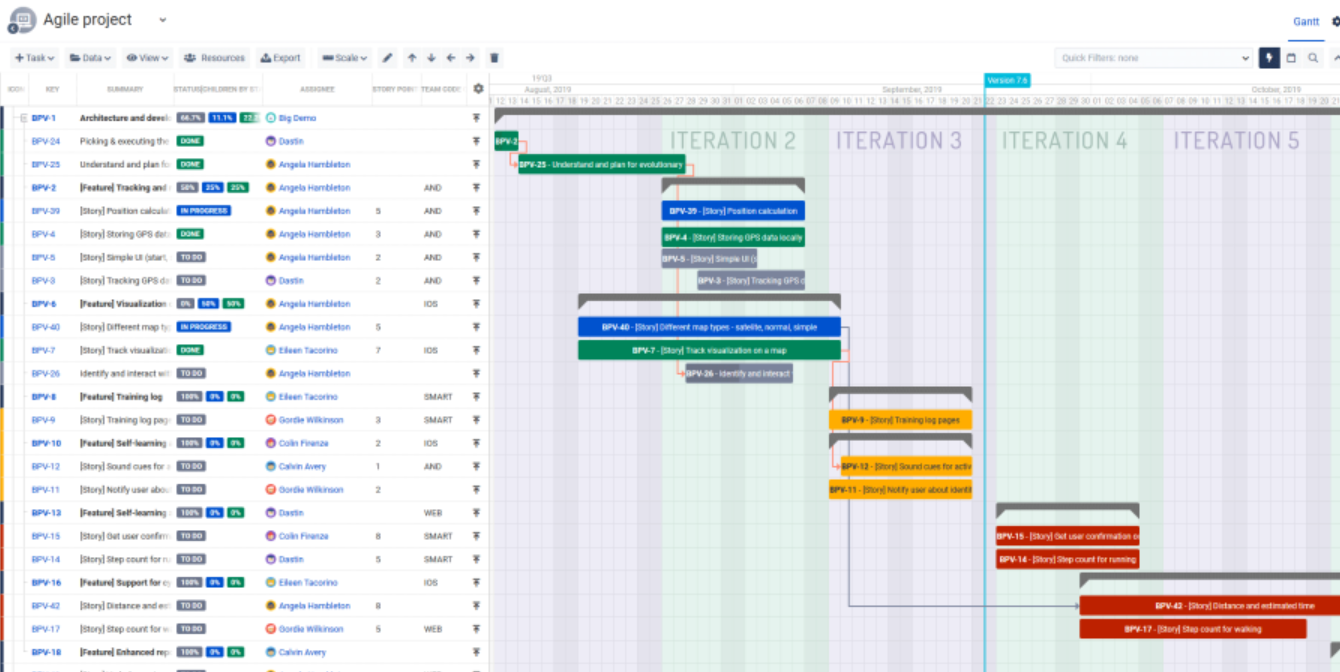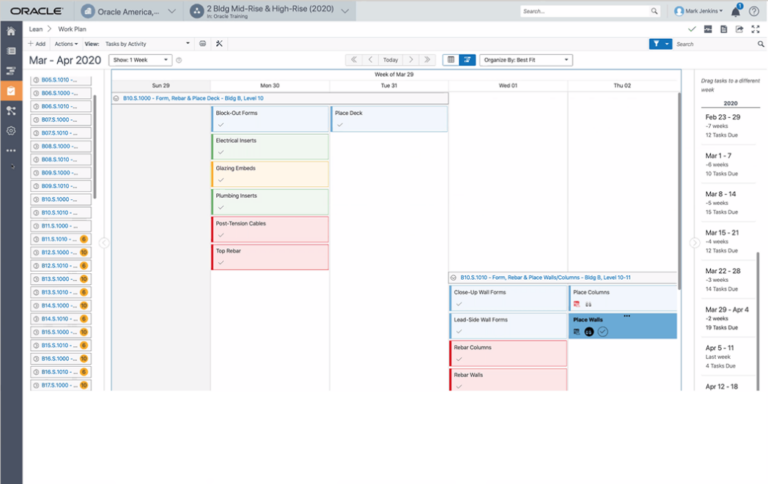In the bustling world of project management, organizations grapple with choosing the right tool to streamline processes and boost productivity. Two names that frequently come up in such discussions are Oracle Primavera EPPM (Enterprise Project Portfolio Management) and Atlassian’s Jira. Each has carved a niche for itself, catering to slightly different needs and industries. Let’s delve deep into a side-by-side comparison to help you make an informed choice.
Introduction
Oracle Primavera P6 EPPM
Originating as a robust project management software, Oracle Primavera P6 EPPM is tailored for large-scale projects, primarily serving industries like construction, engineering, and utilities.


Atlassian Jira
Born as a bug and issue tracking tool for software developers, Jira has evolved to accommodate a broader spectrum of project management tasks, particularly resonating with agile software development teams.
Comparing the Software
Oracle Primavera EPPM versus Atlassian's Jira
1. Key Features
- Oracle Primavera EPPM: Known for its project portfolio management, intricate scheduling, risk analysis, and resource management. It’s ideal for organizations that manage multiple, complex projects concurrently.
- Atlassian’s Jira: Jira shines with its customizable workflows, agile reporting, backlog prioritization, and sprint planning tools. Its initial design to track issues makes it a powerhouse for software development cycles.
2. Customization & Flexibility
- Oracle Primavera EPPM: Offers in-depth customization to cater to specific industry needs, particularly for complex project structures.
- Atlassian’s Jira: The tool’s flexibility is one of its main selling points, with the ability to create custom workflows, fields, and issue types. Its adaptability makes it a favorite for diverse project styles.
3. Integration Capabilities
- Oracle Primavera EPPM: Integrates smoothly with other Oracle products and certain ERP systems, though broader third-party integrations might need additional setup.
- Atlassian’s Jira: Boasts an extensive marketplace filled with plugins and integrations. Whether it’s linking with development tools or collaboration platforms, Jira offers a versatile integration landscape.
4. Collaboration & User Experience
- Oracle Primavera EPPM: With a comprehensive feature set, Primavera has a steeper learning curve. Its design leans more towards detailed project planning rather than real-time collaboration.
- Atlassian’s Jira: Designed with collaboration at its core. User-friendly interfaces, commenting features, and agile boards make team communication intuitive and efficient.
5. Pricing & Scalability
- Oracle Primavera EPPM: Given its enterprise orientation, Primavera’s pricing can be on the higher side. However, it’s a solution built to scale for vast projects.
- Atlassian’s Jira: Offers various pricing tiers, including options for smaller teams. As organizations grow, Jira scales with them, albeit at increased costs.
Conclusion
While both Oracle Primavera EPPM and Atlassian’s Jira stand as titans in the project management realm, their strengths lie in different areas. Primavera is the go-to for large-scale, intricate projects that demand meticulous planning and resource management. On the other hand, Jira is the darling of the software development world, facilitating agile methodologies and promoting collaboration. When choosing between the two, organizations must introspect on their specific needs, project nature, and team dynamics.



